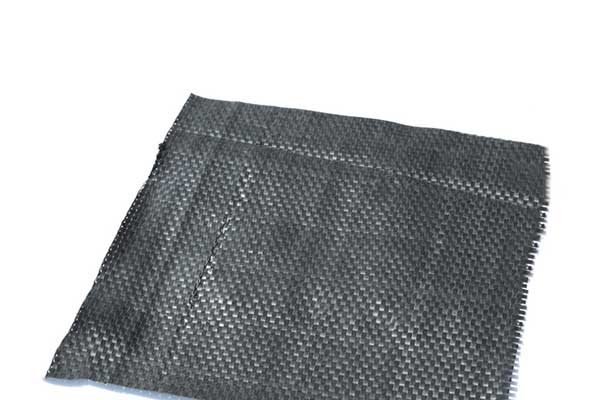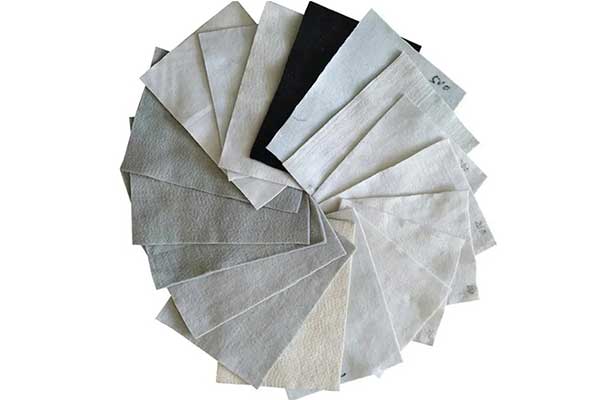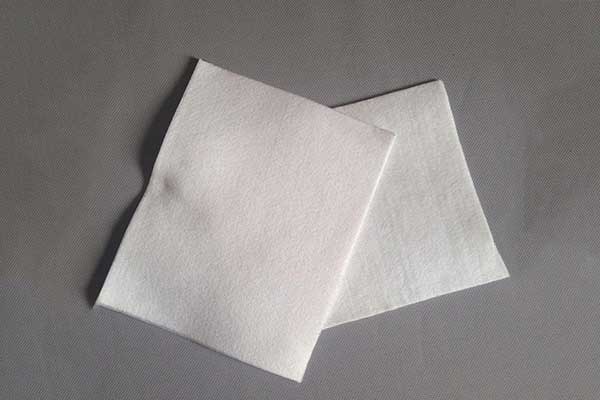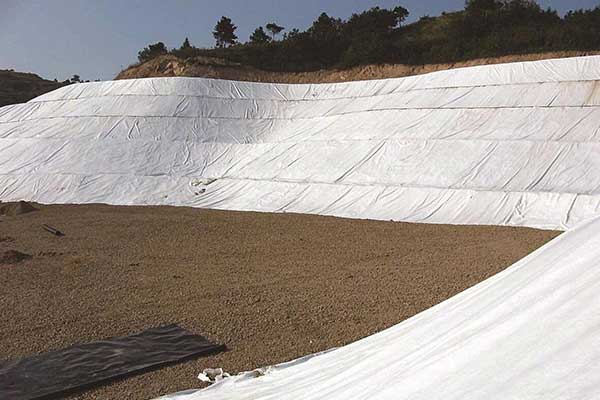Types of Geotextiles: A Comprehensive Guide
Geotextiles are essential materials in civil engineering and construction projects, offering functions such as filtration, separation, reinforcement, and drainage. These textiles are made from synthetic or natural fibers and are widely used in road construction, erosion control, and infrastructure development. In this article, we will explore the different types of geotextiles and their applications.

1. Woven Geotextiles
Composition and Structure
Woven geotextiles are manufactured by weaving polypropylene or polyester fibers together in a structured manner. They are known for their high tensile strength and durability.
Applications
- Road Construction: Provides reinforcement and stabilization of soil.
- Embankments: Used to prevent soil erosion and enhance structural integrity.
- Retaining Walls: Helps in soil retention and improves stability.
Advantages
- High load-bearing capacity
- Resistant to UV exposure and chemical degradation
- Effective in soil stabilization

2. Non-Woven Geotextiles
Composition and Structure
Non-woven geotextiles are made by bonding fibers together using heat, needle punching, or chemical processes. These fabrics are typically more flexible and permeable than woven geotextiles.
Applications
- Drainage Systems: Enhances water flow and filtration.
- Erosion Control: Prevents soil displacement in slopes and embankments.
- Landfill Liners: Acts as a protective barrier in waste management.
Advantages
- Excellent filtration and drainage capabilities
- Flexible and easy to install
- Cost-effective for large-scale applications

3. Knitted Geotextiles
Composition and Structure
Knitted geotextiles are created by interlooping yarns, providing a combination of strength and flexibility. They are often used for specialized applications requiring unique mechanical properties.
Applications
- Coastal Protection: Used in revetments and breakwaters.
- Geotechnical Engineering: Helps in slope stabilization and erosion control.
- Agricultural Use: Supports soil moisture retention and irrigation systems.
Advantages
- High tensile strength and elasticity
- Suitable for dynamic loads and shifting environments
- Enhanced adaptability to various terrains

Choosing the Right Geotextile
Selecting the appropriate geotextile depends on the specific needs of a project. Key factors to consider include:
- Soil Type: Understanding the soil properties helps determine the best geotextile.
- Project Requirements: Reinforcement, filtration, separation, or drainage needs should be assessed.
- Environmental Conditions: Exposure to chemicals, UV radiation, and moisture should be taken into account.
Conclusion
Geotextiles play a crucial role in modern infrastructure development, offering various benefits depending on the type used. Whether it’s woven, non-woven, knitted, or biodegradable geotextiles, each has unique properties suited for specific applications. Choosing the right geotextile enhances durability, efficiency, and sustainability in construction and environmental projects.
For high-quality geotextiles suited for various applications, contact us today!

